By Eric Vandenbroeck and co-workers
Göbekli Tepe revisited part two
As we have seen in
part one, whether we go with Hobbes (or Rousseau), we are left with
the idea that the most we can do to change our current predicament are a bit of
modest political tinkering. Hierarchy and inequality are the inevitable prices
to pay for having genuinely come of age yet except what the available
evidence shows are that the trajectory of human history has been a good deal
more diverse and exciting and less boring than we tend to assume because, in an
important sense, it has not been a trajectory.
James C. Scott – a renowned political scientist
who has devoted much of his career to understanding the role of states (and
those who succeed in evading them) in human history. The Neolithic, he
suggests, began with flood-retreat agriculture, which was easy work and
encouraged redistribution; the largest populations were, indeed, concentrated
in deltaic environments, but the first states in the Middle East developed
upriver, in areas with a solid focus on cereal agriculture – wheat, barley,
millet – and relatively limited access to a range of other staples. The key to
the importance of grain, Scott notes, is that it was durable, portable, easily
divisible, and quantifiable by bulk. Therefore, it was an ideal medium to serve
as a basis for taxation. Growing above ground – like certain tubers or legumes
– grain crops were also evident and amenable to appropriation. Cereal
agriculture did not cause the rise of extractive states, but it was certainly
predisposed to their fiscal requirements.1
That indigenous doctrines of individual liberty,
mutual aid, and political equality, which made such an impression on French
Enlightenment thinkers, were neither (as many of them supposed) the way all
humans can be expected to behave in the State of Nature. Instead, certain
freedoms – to move, disobey, and rearrange social ties – tend to be taken for
granted by anyone who has not been trained explicitly into obedience (as anyone
reading this book, for instance, is likely to have been). Still, the societies that
European settlers encountered only really make sense as the product of a
specific political history: a history in which questions of hereditary power,
revealed religion, personal freedom, and the independence of women were still
very much matters of self-conscious debate,
Most people feel a spontaneous affinity with the
story’s tragic version, not just because of its scriptural roots. The more
rosy, optimistic narrative fails to explain why Western civilization inevitably
makes everyone happier, wealthier, and more secure. This is why European powers
should have been obliged to spend 500 or so years (as we have seen in the economics of colonialism) aiming guns at
people’s heads to force them to adopt it. During the nineteenth-century heyday
of European imperialism, everyone seemed more keenly aware of this.
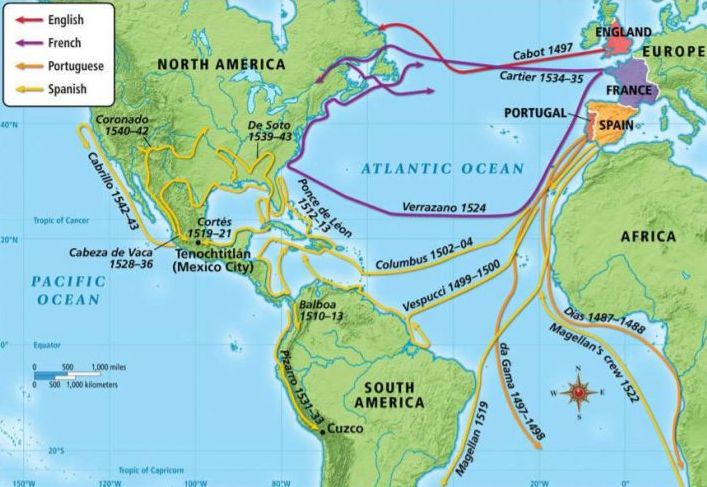
European statesmen and intellectuals of that time were
just as likely to be obsessed with the dangers of decadence and disintegration.
Many were overt racists who held that most humans are not capable of progress
and therefore looked forward to their physical extermination. Even those who
did not share such views tended to feel that Enlightenment schemes for
improving the human condition had been catastrophically naive. As a result, the
social sciences were conceived and organized around two core questions: (1)
what had gone wrong with the project of Enlightenment, with the unity of
scientific and moral progress, and with schemes for the improvement of human
society? And: (2) why is it that well-meaning attempts to fix society’s
problems so often end up making things even worse?
But throughout the argument, all parties have come to
agree on one key point: that there was indeed something called ‘the
Enlightenment, that it marked a fundamental break in human history, and that
the American and French Revolutions were in some sense the result of this
rupture. The Enlightenment is seen as introducing a possibility that had not
existed before: that of self-conscious projects for reshaping society in accord
with some rational ideal.
For much of the twentieth century, anthropologists
described the societies they studied in ahistorical terms as living in a kind
of eternal present. Some of this was an effect of the colonial situation under which
much ethnographic research was carried out. The British Empire, for instance, maintained
a system of indirect rule in various parts of Africa, India, and the Middle
East where local institutions like royal courts, earth shrines, associations of
clan elders, men’s houses, and the like were maintained in place, indeed fixed
by legislation. Significant political change – forming a political party, say,
or leading a prophetic movement – was in turn entirely illegal, and anyone who
tried to do such things was likely to be put in prison. This made it easier to
describe the people anthropologists studied as having a way of life that was
timeless and unchanging. Since historical events are by definition
unpredictable, it seemed more scientific to study those phenomena one could
predict: the things that kept happening, over and over, in roughly the same
way.
Social science has mainly been a study of how human
beings are not free: the way that our actions and understandings might be
determined by forces outside our control. Any account which appears to show
human beings collectively shaping their destiny, or even expressing freedom for
its own sake, will likely be written off as illusory, awaiting ‘real’
scientific explanation; or if none is forthcoming, as outside the scope of
social theory entirely. This is one reason why most ‘extensive histories’ place
such a strong focus on technology. Dividing up the human past according to the
primary material from which tools and weapons were made (Stone Age, Bronze Age,
Iron Age) or else describing it as a series of revolutionary breakthroughs,
they then assume that the technologies themselves largely determine the shape
that human societies will take for centuries to come or at least until the next
abrupt and unexpected breakthrough comes along to change everything again.
Technologies play an essential role in shaping
society. They open up new social possibilities never before. It’s easy to
overstate the importance of new technologies in setting the overall direction
of social change. For example, it’s well known that Teotihuacanos
or Tlaxcalteca employed
stone tools to build and maintain their cities.
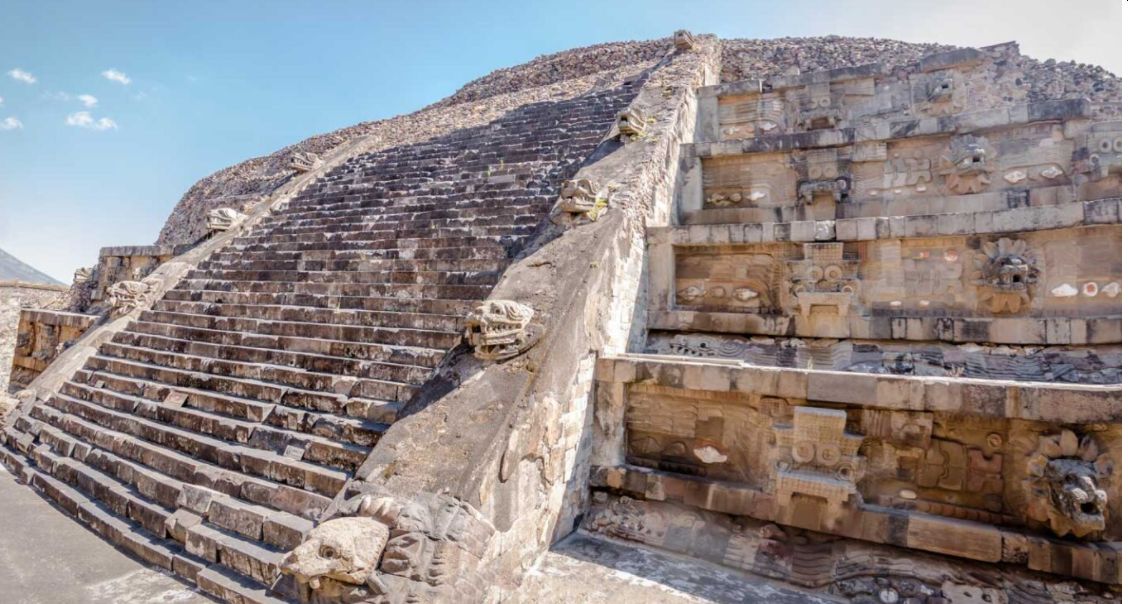
This, while the inhabitants of Mohenjo-Daro or
Knossos, used
metal, which seems to have made surprisingly little difference to those
cities’ internal organization or even size. Nor does our evidence support the
notion that significant innovations always occur in sudden, revolutionary
bursts, transforming everything in their wake.
While human beings have always been capable of physically
attacking one another (and it’s difficult to find examples of societies where
no one ever attacks anyone else, under any circumstances), there’s no actual
reason to assume that war has always existed. Technically, war refers to
organized violence and a kind of contest between two demarcated sides. As
Raymond Kelly has adroitly pointed out, it’s based on a logical principle
that’s by no means natural or self-evident, which states that significant
violence involves two teams. Any member of one team treats all members of the
other as equal targets. Kelly calls this the principle of ‘social
substitutability.’
Another question is whether there is a relationship
between external warfare and the internal loss of freedoms that opened the way,
first to systems of ranking and then to large-scale systems of domination. How
direct was this correlation? One thing we’ve learned is that it’s a mistake to
assume these ancient polities were simply archaic versions of our modern
states. As we know it today, the state results from a distinct combination of
elements – sovereignty, bureaucracy, and a competitive political field.
Where two axes of power were developed and formalized
into a single system of domination, we can begin to talk of ‘second-order
regimes.’ The architects of Egypt’s Old Kingdom, for example, armed the
principle of sovereignty with a bureaucracy and managed to extend it across a
large territory. By contrast, the rulers of ancient Mesopotamian city-states
made no direct claims to sovereignty, which for them resided properly in
heaven. When they engaged in wars over land or irrigation systems, it was only
as secondary agents of the gods. Instead, they combined charismatic competition
with a highly developed administrative order. The Classic Maya was different
again, confining administrative activities mainly to monitoring cosmic affairs
while basing their earthly power on a potent fusion of sovereignty and
inter-dynastic politics. Insofar as these and other polities commonly regarded
as ‘early states’ (Shang China, for instance) share any common features, they
seem to lie in altogether different areas – which brings us back to the
question of warfare and the loss of freedoms within society. All of them
deployed spectacular violence at the pinnacle of the system (whether that
violence was conceived as a direct extension of royal sovereignty or carried
out at the behest of divinities), and all to some degree modeled their centers
of power – the court or palace – on the organization of patriarchal households.
Is this merely a coincidence? On reflection, the same combination of features
can be found in most later kingdoms or empires, such as the Han, Aztec or
Roman.
Shang China might well
be considered the paradigm for what the anthropologist Stanley Tambiah (1973)
has described as ‘galactic
polities’, also the most common form in later Southeast Asian history,
where sovereignty concentrated at the center and then attenuated outwards,
focusing in some places, fading in others to the point where, at the edges,
certain rulers or nobles might actually claim to be part of empires – even
distant descendants of the founders of empires – whose current ruler had never
heard of them. We can contrast this sort of outward proliferation of
sovereignty with another kind of macro-political pattern, emerging first in the
Middle East and then gradually across
much of Eurasia, where diametrically opposed notions of what actually
constitutes ‘government’ would face off against each other in dynamic tension,
creating the great frontier zones that separated bureaucratic regimes
(whether in China, India or Rome) from the heroic politics of nomadic peoples
which threatened constantly to overwhelm them.
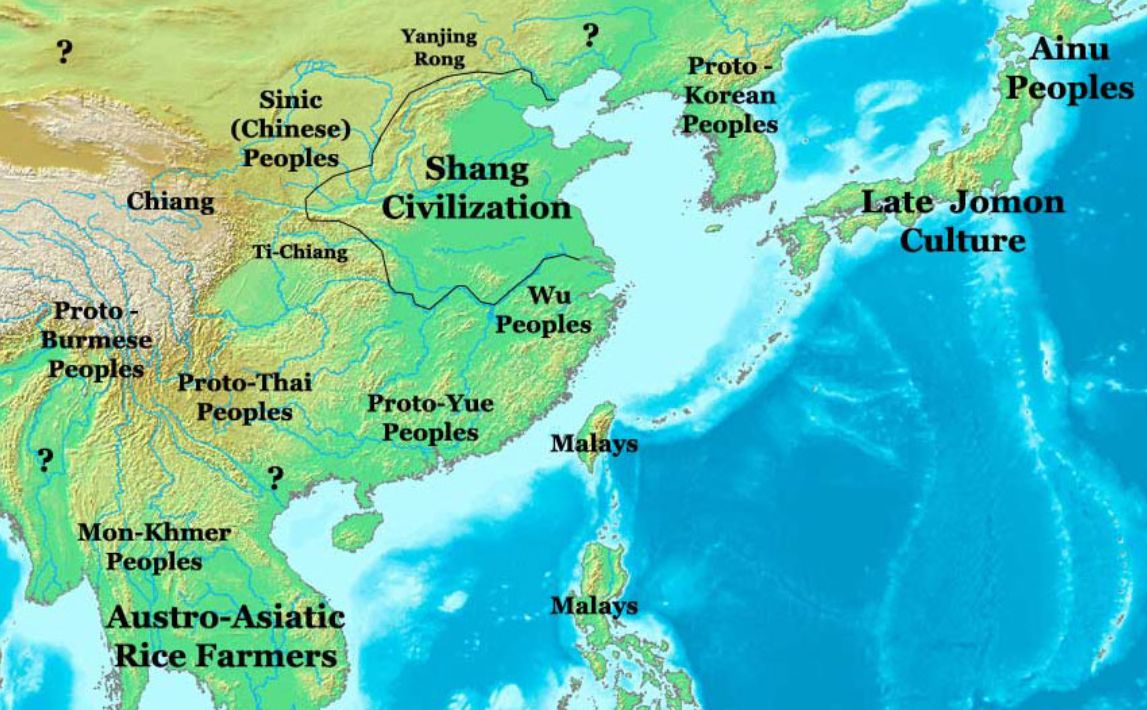
James Scott, a renowned political scientist who has
devoted much of his career to understanding the role of states in human
history, has a compelling description of how this agricultural trap works. The
Neolithic, he suggests, began with flood-retreat agriculture, which was easy
work and encouraged redistribution; the most significant populations were
concentrated in deltaic environments. However, the first states in the Middle
East developed upriver, in areas with an especially strong focus on cereal agriculture.
The key to the importance of grain, Scott notes, is its durable, portable,
easily divisible, and quantifiable by bulk. Therefore, it was an ideal medium
to serve as a basis for taxation. Growing above ground – like certain tubers or
legumes – grain crops were also obvious and amenable to appropriation. Cereal
agriculture did not cause the rise of extractive states, but it was certainly
predisposed to their fiscal requirements.1
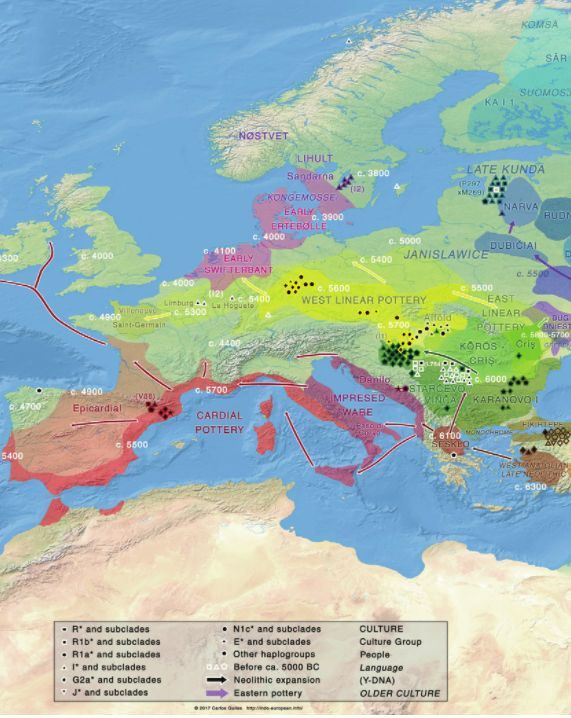
That indigenous doctrines of individual liberty,
mutual aid, and political equality, which made such an impression on French
Enlightenment thinkers, were neither the way all humans can be expected to
behave in the State of Nature. Nor were they (as many now assume) simply the
way culture happened to crumble in that particular part of the world. This is
not to say there is no truth whatsoever in either of these positions. There are
certain freedoms – to move, to disobey, to rearrange social ties – that tend to
be taken for granted by anyone who has not been trained explicitly into
obedience, is likely to have been. Still, the societies that European settlers
encountered only really make sense as the product of a specific political
history: a history in which questions of hereditary power, revealed religion,
personal freedom, and the independence of women were still very much matters of
self-conscious debate.
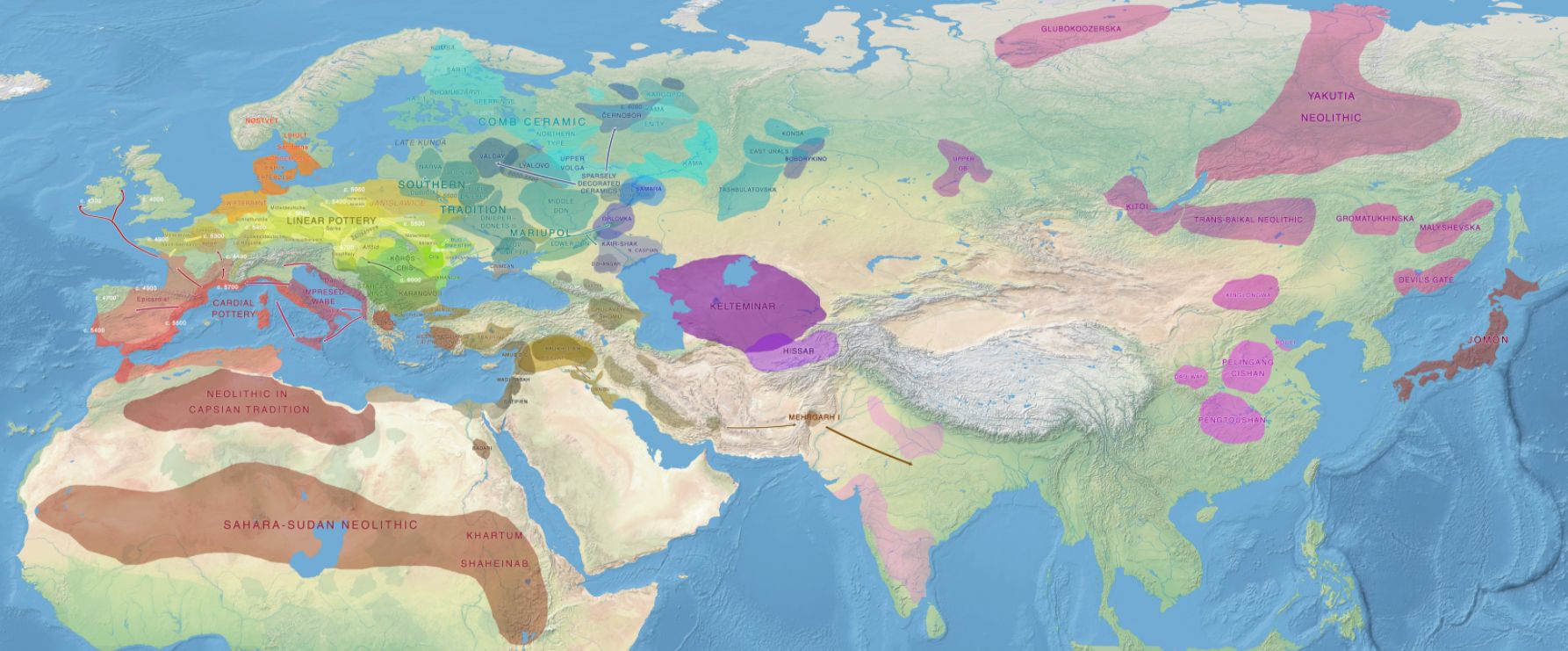
Most people feel a spontaneous affinity with the
story’s tragic version, not just because of its scriptural roots. The more
rosy, optimistic narrative – whereby the progress of Western civilization
inevitably makes everyone happier, wealthier, and more secure – has at least
one obvious disadvantage. It fails to explain why that civilization did not
simply spread of its own accord; that is, why European powers should have been
obliged to spend the last 500 or so years aiming guns at people’s heads to force
them to adopt it. (Also, if being in a ‘savage’ state was so inherently
miserable, why so many of those same Westerners, given an informed choice, were
so eager to defect to it at the earliest opportunity.) During the
nineteenth-century heyday of European imperialism, everyone seemed more keenly
aware of this.
An answer is suggested by the West Indian sociologist
Orlando Patterson, who points out that Roman Law conceptions of property (and
hence of freedom) essentially trace back to slave law.2 The reason it is
possible to imagine the property as a relationship of domination between a
person and a thing is that, in Roman Law, the power of the master rendered the
slave a thing (res, meaning an object), not a person with social rights or
legal obligations to anyone else. Property law, in turn, was mainly about the complicated
situations that might arise as a result. It is important to recall, for a
moment, who these Roman jurists were that laid down the basis for our current
legal order – our theories of justice, the language of contract and torts, the
distinction of public and private, and so forth. While they spent their public
lives making sober judgments as magistrates, they lived their personal lives in
households where they not only had near-total authority over their wives,
children, and other dependants but also had all their
needs taken care of by dozens, perhaps hundreds of slaves. Slaves trimmed their
hair, carried their towels, fed their pets, repaired their sandals, played
music at their dinner parties, and instructed their children in history and maths. At the same time, in terms of legal theory, these
slaves were classified as captive foreigners who, conquered in battle, had
forfeited rights of any kind. As a result, the Roman jurist was free to rape,
torture, mutilate or kill any of them at any time and in any way he had a mind
to, without the matter being considered anything other than a private affair.
(Only under the reign of Tiberius were any restrictions imposed on what a
master could do to a slave, and what this meant was simply that permission from
a local magistrate had to be obtained before a slave could be ripped apart by
wild animals; other forms of execution could still be imposed at the owner’s
whim.) On the one hand, freedom and liberty were private affairs; on the other,
private life was marked by the absolute power of the patriarch over conquered
people who were considered his private property.3 The fact that most Roman
slaves were not prisoners of war, in the literal sense, doesn’t make much
difference here.
We can also look at monarchy, warrior aristocracies,
or other forms of stratification taking hold in urban contexts. When this
happened, the consequences were dramatic. Still, the mere existence of large
human settlements in no way caused these phenomena and certainly didn’t make
them inevitable. We must look elsewhere. Hereditary aristocracies were just as
likely to exist among demographically small or modest-sized groups, such as the
societies of the Anatolian highlands.
Social theorists tend to write about the past as if
everything that happened could have been predicted. This is somewhat dishonest
since we’re all aware that when we try to predict the future, we almost
invariably get it wrong – and this is just as true of social theorists as
anybody else. Nonetheless, it’s hard to resist the temptation to write and
think as if the current state of the world, in the early twenty-first century,
is the inevitable outcome of the last 10,000 years of history, while in reality,
of course, we have little or no idea what the world will be like even in 2075,
let alone 2150.
On the one hand, fundamental breakthroughs in the
physical sciences, or even artistic expression, no longer seem to occur with
anything like the regularity people came to expect in the late nineteenth and
early twentieth centuries. Yet, at the same time, our scientific means of
understanding the past, not just our species’ past but that of our planet, has
been advancing with dizzying speed. Scientists in 2020 are not (as readers of
mid-twentieth-century science fiction might have hoped) encountering alien civilizations
in distant star systems, but they are encountering radically different forms of
society under their own feet, some forgotten and newly rediscovered, others
more familiar, but now understood in entirely new ways.
No doubt, for a while, at least, very little will
change. Whole fields of knowledge – not to mention university chairs and
departments, scientific journals, prestigious research grants, libraries,
databases, school curricula, and the like – have been designed to fit the old
structures and the old questions.
Max Planck once remarked that new scientific truths
don’t replace old ones by convincing established scientists that they were
wrong; they do so because proponents of the older theory eventually die, and
generations find the new truths and theories familiar evident even.
We can see more clearly now what is going on when, for
example, a study that is rigorous in every other respect begins from the
unexamined assumption that there was some ‘original’ form of human society;
that its nature was fundamentally good or evil; that a time before inequality
and political awareness existed; that something happened to change all this;
that ‘civilization’ and ‘complexity’ always come at the price of human
freedoms; that participatory democracy is natural in small groups but cannot
possibly scale up to anything like a city or a nation-state. We know, now, that
we are in the presence of myths.
1. James C. Scott, Against the Grain:
A Deep History of the Earliest States, 2017,129-30.
2. Orlando Patterson, Slavery and
Social Death: A Comparative Study. Cambridge, MA: Harvard University
Press, 1982, 10.
3. David Graeber, Debt: The First 5,000
Year, 2011, 198–201
For updates click homepage here